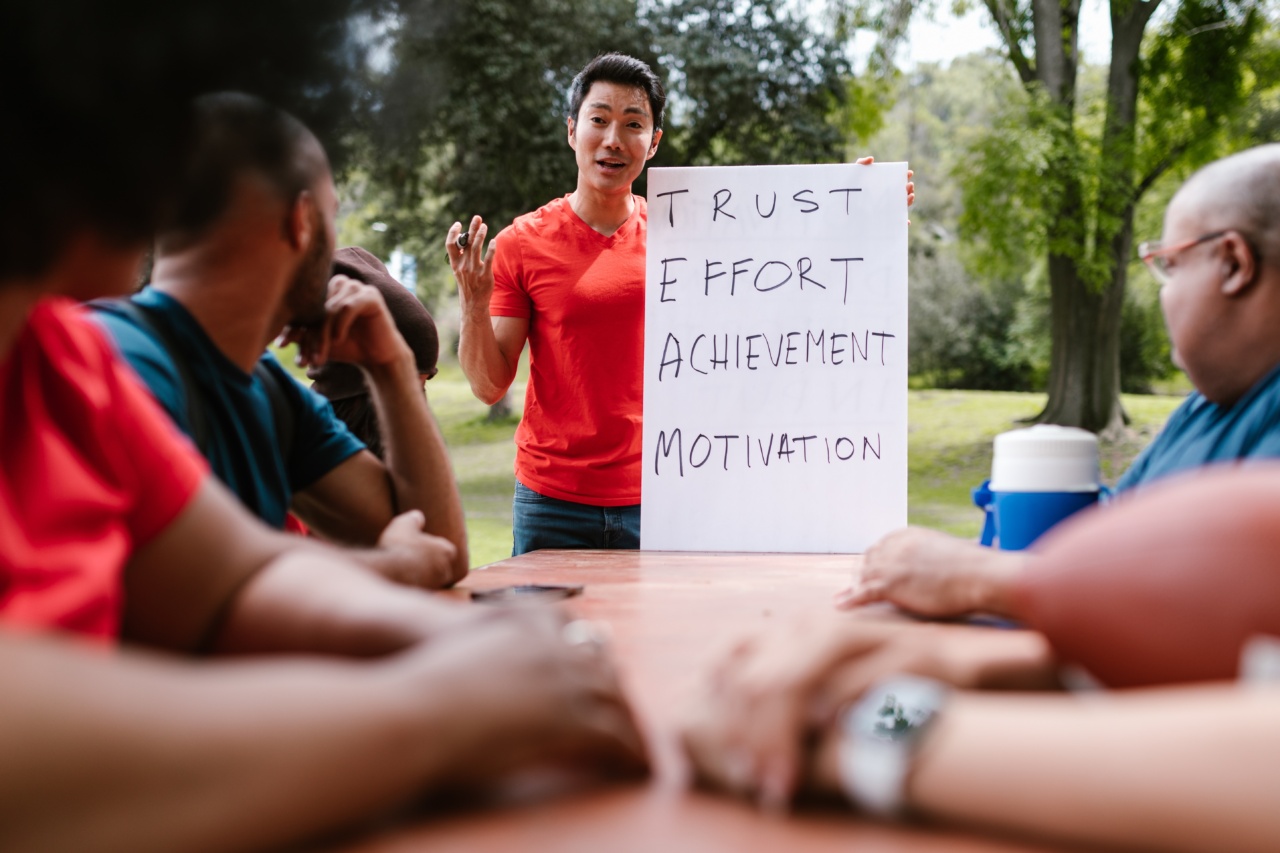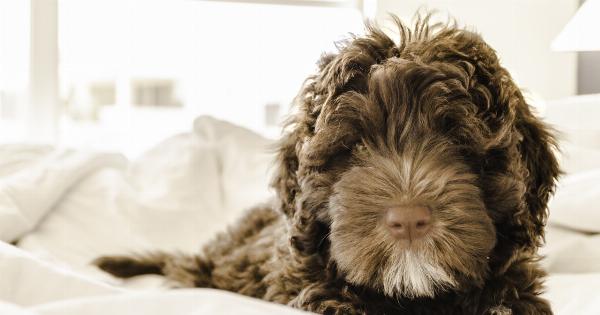So, you got a new puppy? Congratulations! Puppies are a lot of fun, but they can also be a handful. It is important to start training your puppy as soon as possible.
This guide will give you the tools you need to teach your puppy basic obedience and good behavior.
1. Start Early
The earlier you begin training your puppy, the better. Puppies have a short attention span, but they are also very receptive to learning. It is best to start training your puppy when they are between 8 and 12 weeks old.
2. Positive Reinforcement
The most effective way to train a puppy is through positive reinforcement. This means rewarding good behavior with treats, praise, and affection. Punishing bad behavior should be avoided as it can lead to fear and anxiety.
3. Consistency
Consistency is the key to successful puppy training. You should use the same commands and rewards every time you train your puppy. This will help your puppy learn faster and avoid confusion.
4. Crate Training
Crate training is an effective method of house training your puppy. Dogs are den animals by nature, so they prefer small, enclosed spaces. You should gradually introduce your puppy to the crate, and use positive reinforcement to encourage them to go in.
A crate provides a safe and comfortable place for your puppy to sleep and rest.
5. Socialization
Socialization is important for your puppy’s development. You should expose your puppy to different people, animals, and environments. This will help them develop social skills and reduce the risk of aggression and anxiety.
6. Basic Commands
Your puppy should learn basic commands such as sit, stay, and come. You can use treats and positive reinforcement to teach these commands. It is important to practice these commands regularly to reinforce good behavior.
7. Leash Training
Leash training is important for your puppy’s safety and for walking them in public places. You should gradually introduce your puppy to the leash and collar, and use positive reinforcement to encourage them to walk calmly on the leash.
It is important to avoid pulling or yanking on the leash.
8. House Training
House training is an important part of puppy training. You should establish a routine for feeding, potty breaks, and sleeping. You should also use positive reinforcement to encourage your puppy to go outside to potty.
Accidents will happen, but with consistency and patience, your puppy will learn.
9. Behavior Problems
Behavior problems such as barking, chewing, and jumping can be frustrating. It is important to address these problems early on.
You should use positive reinforcement to discourage bad behavior, and redirect your puppy’s attention to something more appropriate.
10. Obedience Classes
If you are having trouble training your puppy, you may want to consider obedience classes. These classes will provide you with the tools and guidance you need to train your puppy effectively.
They are also a great way to socialize your puppy and for them to learn from other dogs.


























